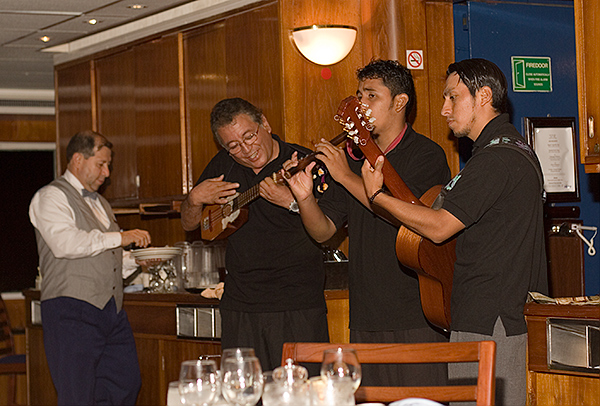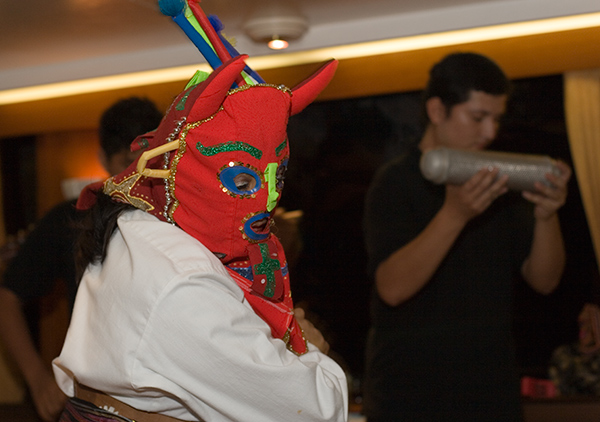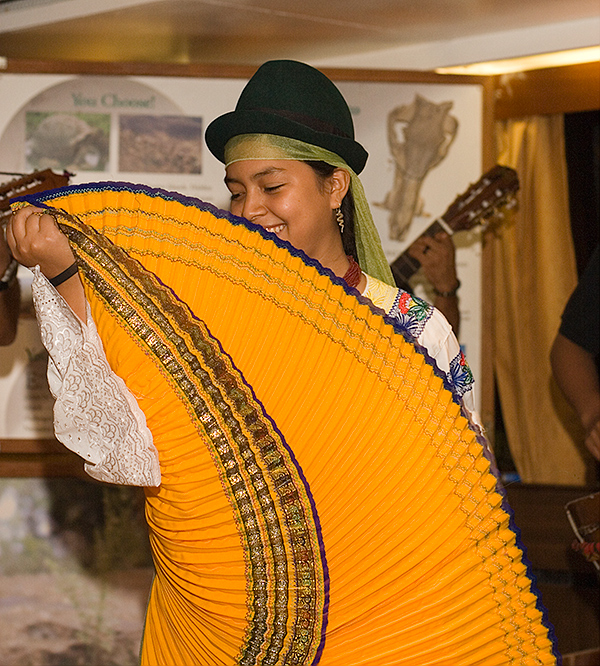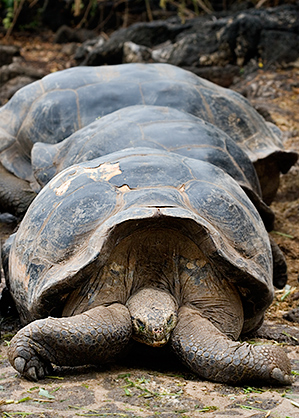Today, we visited Santa Cruz, an island populated by 15,000 inhabitants. Santa Cruz is also home to the Charles Darwin Research Station (CDRS). Most of our naturalists on board live on this island and therefore particularly enjoyed today's outing. After a short zodiac ride with a dry landing at the docks of Puerto Ayora, busses drove us through town to the Galapagos National Park Service's research station. We learned a lot about the Giant Tortoise breeding program. An employee explained that it was extremely hard to find the right device to heat the incubator for the Tortoise eggs at the exact temperature. The staff finally succeeded by using an ordinary hair dryer which runs for three months nonstop until it requires replacement. We saw massive adult tortoises as well as small hatchlings. All of them are well adapted to visitors and do not retreat into their shells when approached up to six feet distance. The hatchlings, once mature enough are all destined for repatriation to their ancestral islands on the islands were the eggs were found.
Charles Darwin Research Station
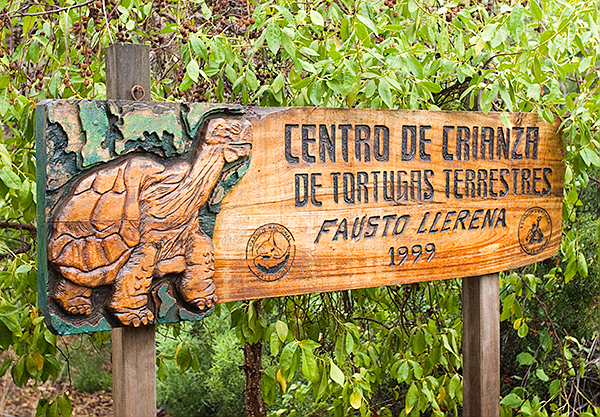
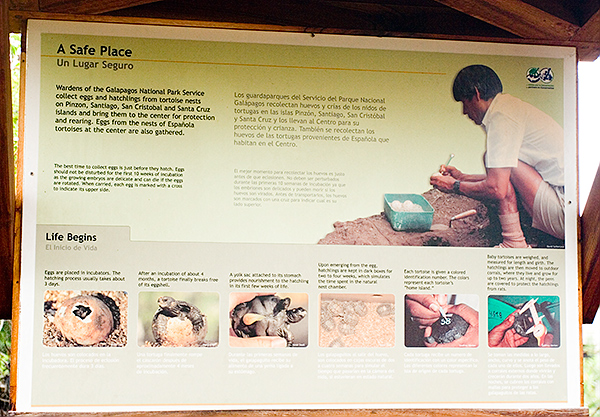
Galapagos Giant Tortoise Babies
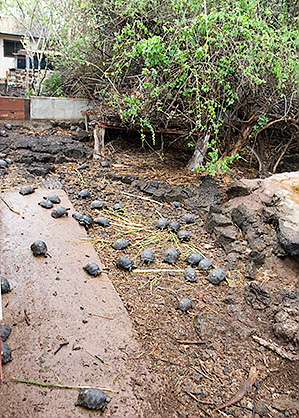
Here we also met one of the most famous tortoise, a 200 year old gentleman called Lonesome George. George was found on Pinta Island and seems to be the only turtle of his subspecies to have survived a volcano outbreak. In captivity, researchers tried to get George to mate and reproduce with females of another closely related subspecies. So far—no luck. A price of $10,000 is offered to the person who finds another tortoise, preferable a female, of George's kind. Time is not yet running out, George could to live for another 50-80 years.
Lonesome George
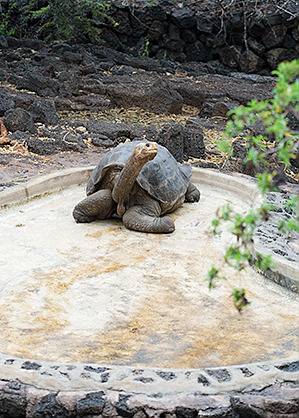
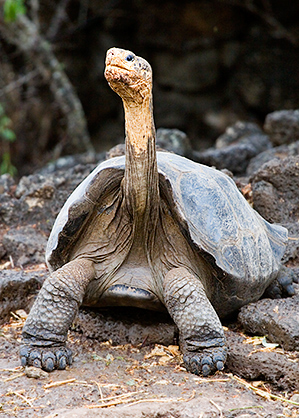
Giant Tortoise
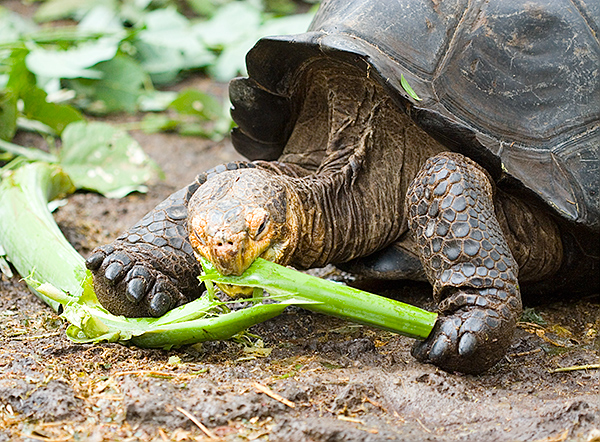
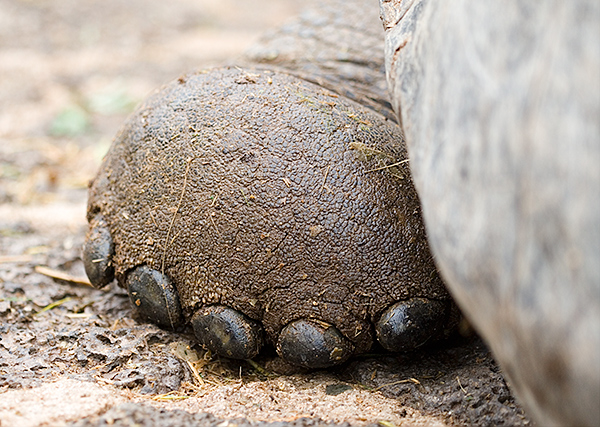
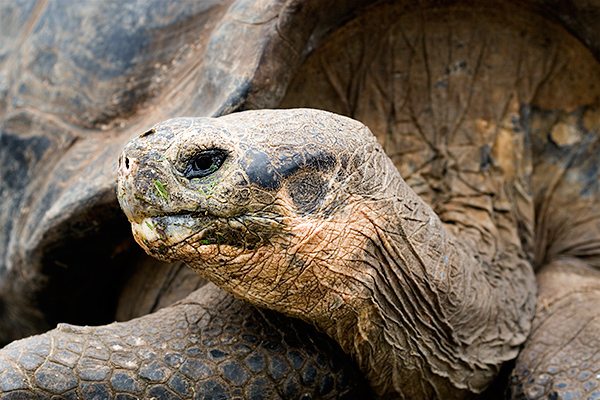
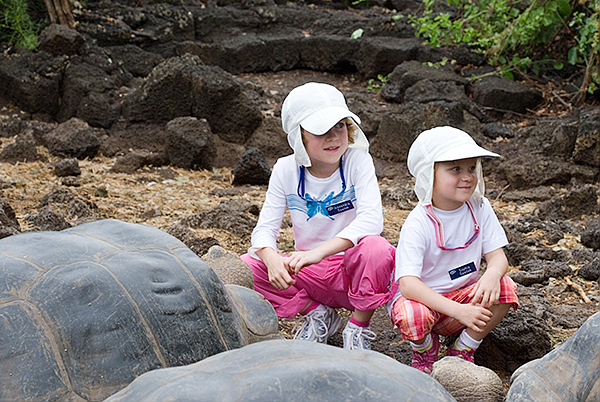
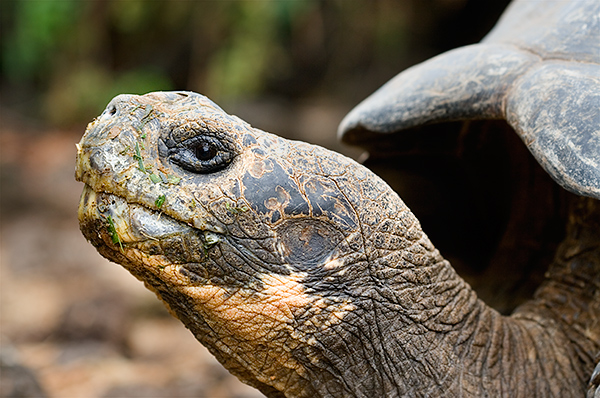
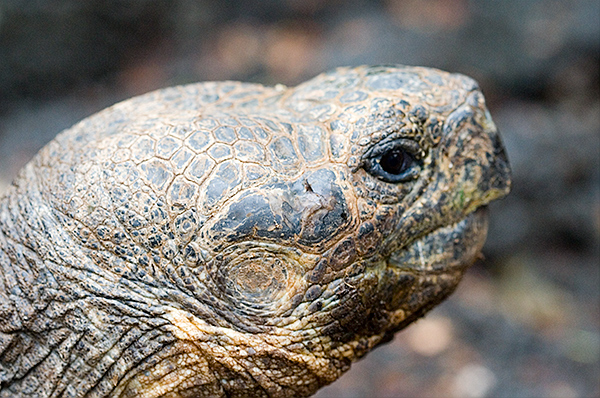
Giant Tortoise—After Eating
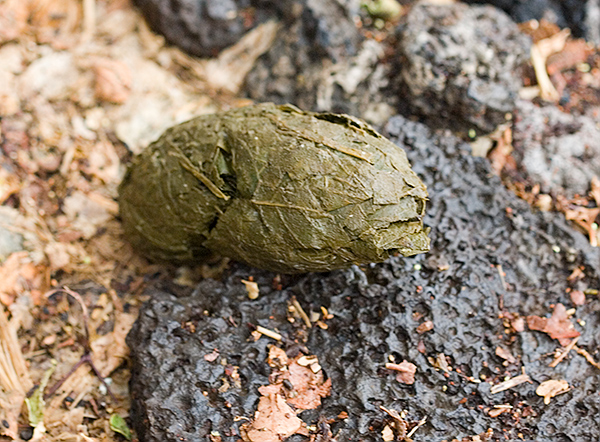
Galapagos Lava Lizards (Microlophus albemarlensis)
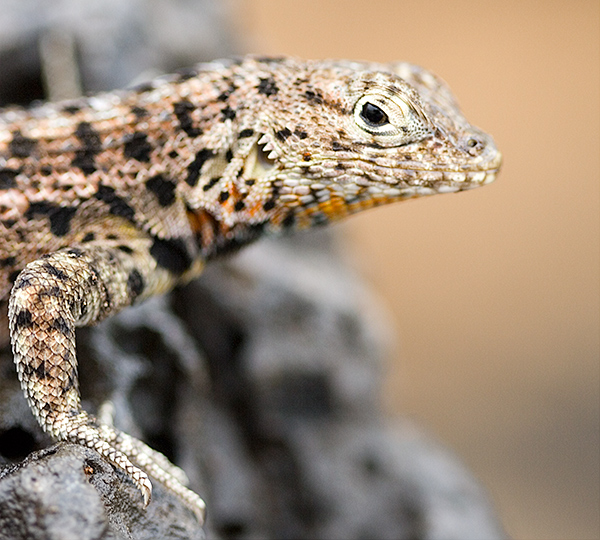
Land Iguana (Conolophus subcristatus)
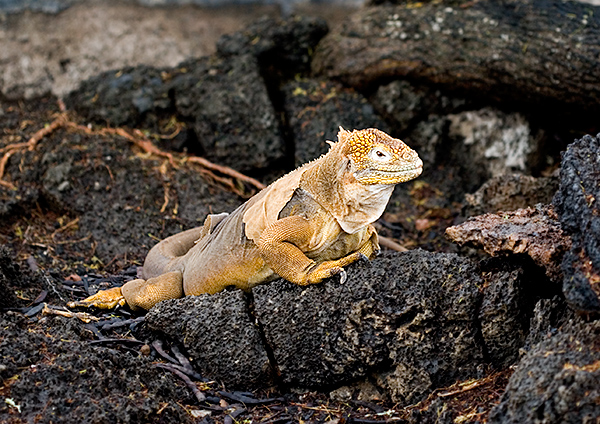
Tree Cactus and Highland Vegetation
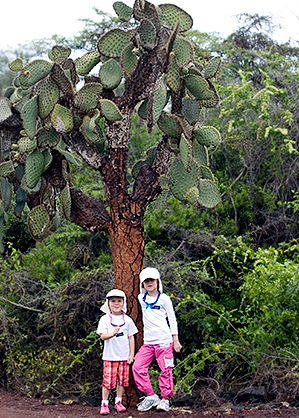
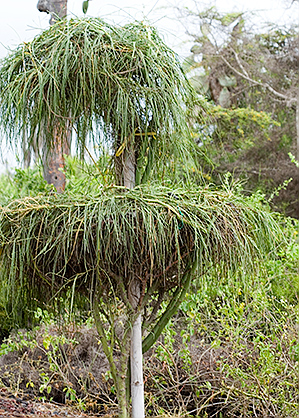
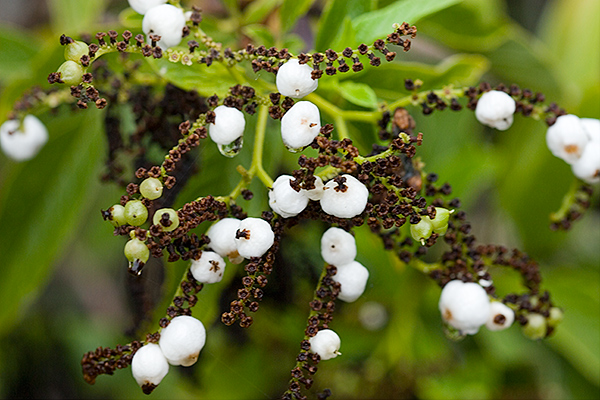
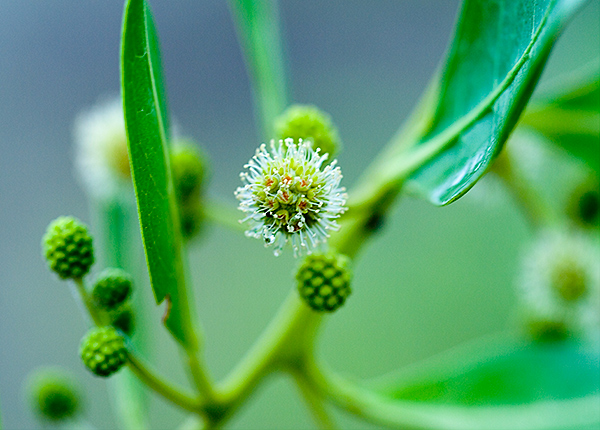
Souvenirs
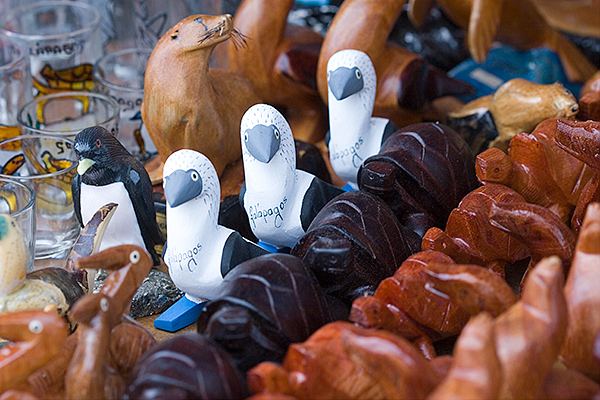
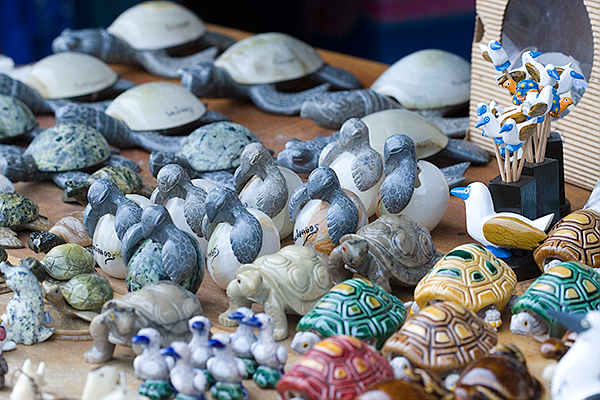
After walking back and exploring the sidewalk gift shops, we continued the day with a 30-minute bus ride into the highlands of the islands. The restaurant "Altair", owned by a former Ohio citizen, provided lunch, a pool and some sportive activities. Some of the kids used the swimming pool, older kids and adults engaged with the crew members in a volleyball game.
Buganvilia and Papaya
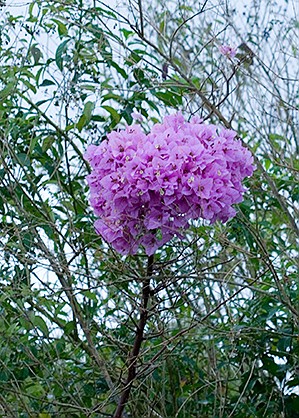
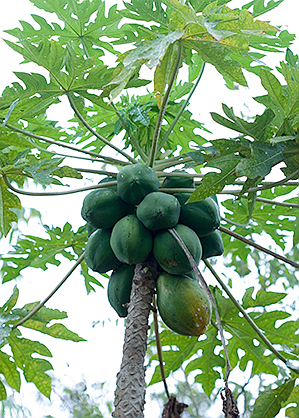
Highland Vegetation and Banana
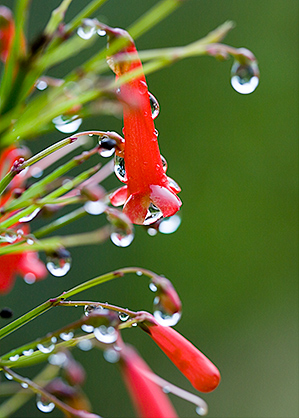
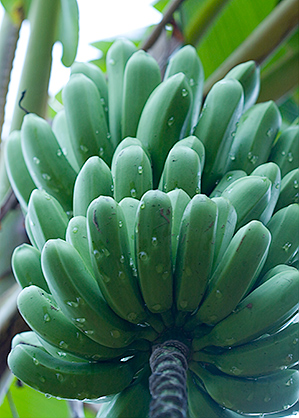
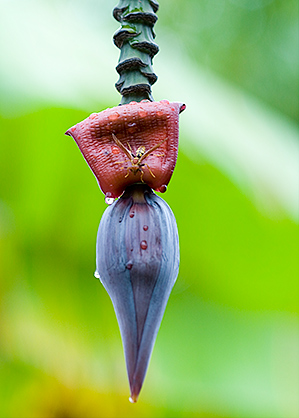
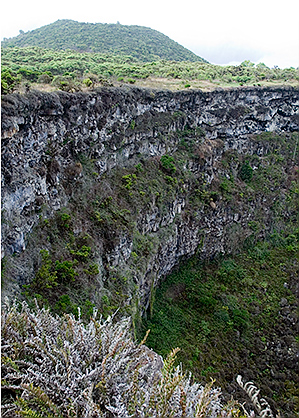
After a grilled-chicken lunch, we drove to two nearby pit craters called Los Gemelos. These are essentially bucket-shaped holes in the earth with a diameter of 300 yards and 200 yards deep. One of them was much smaller in diameter and we could not see the bottom. A small walk around the edges and the nearby area showed us the epiphyte-laden endemic Scalesia trees (Scalesia pedunculata). Ferns, orchid and moss were everywhere.
Los Gemelos
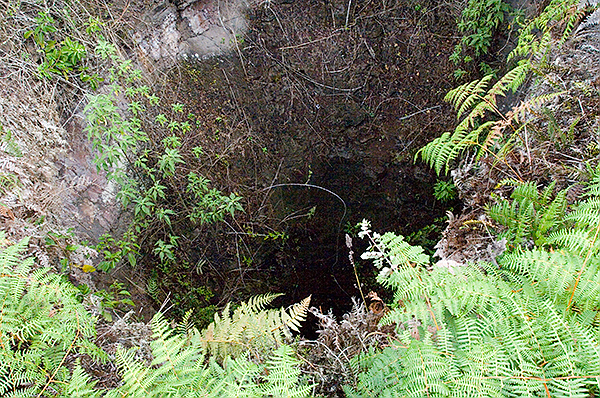
On our way back to the port, we visited an area where Galapagos Giant Tortoises (Geochelone elephantopus) can be found in the wild. We quickly discovered several of them scattered in the elephant grass or taking a bath in a small muddy puddle. The wild tortoises were a little shyer than the ones in the breeding station, although they endured our presence.
Bus Ride
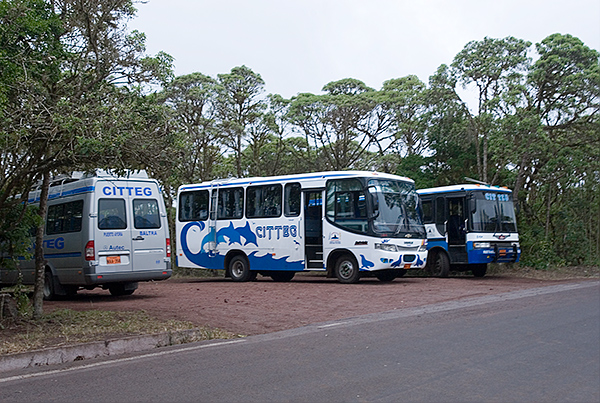
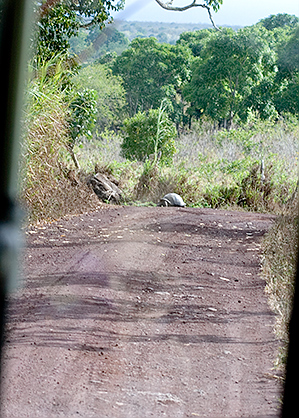
Galapagos Giant Tortoise Shell
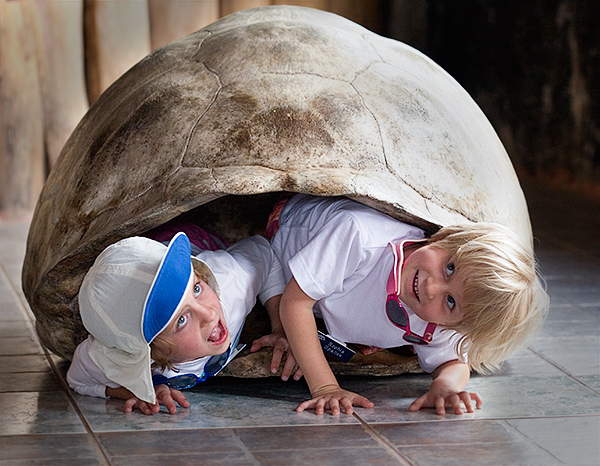
Galapagos Giant Tortoise
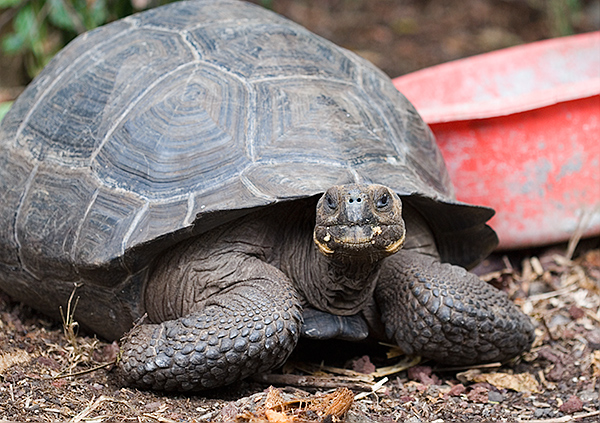
Passion Fruit
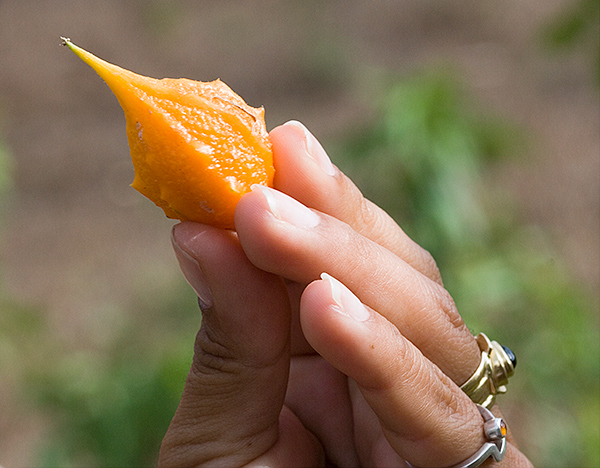
Galapagos Giant Tortoises in the Wild
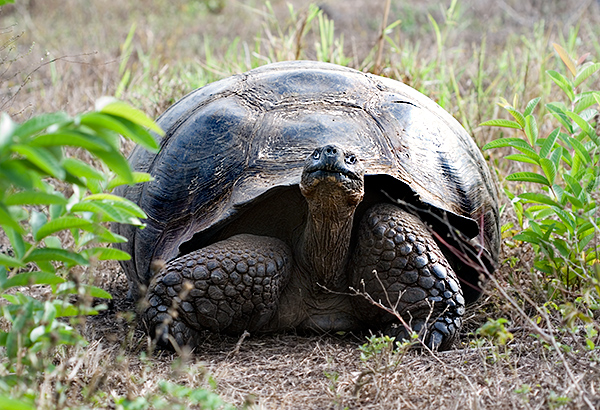
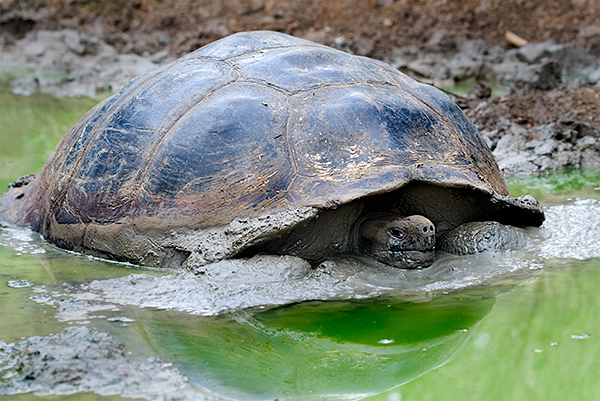
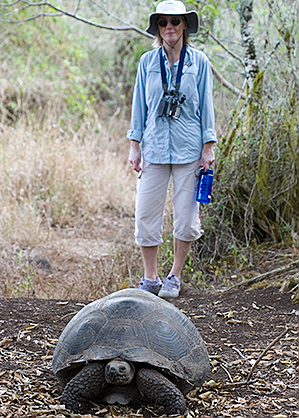
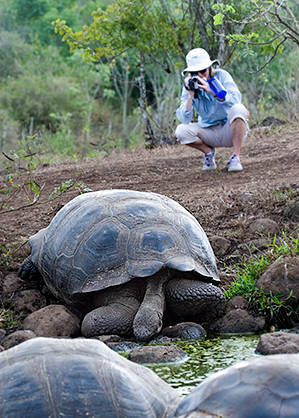
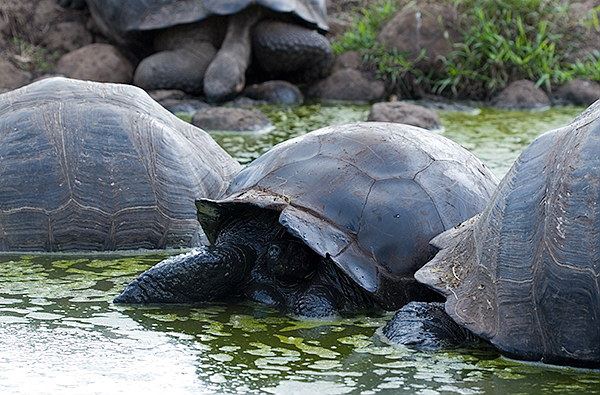
When the bus arrived at the port, the zodiacs were waiting to return us to the Polaris. Before dinner, we heard a presentation from a representative of the CDRS about their efforts to re-establish the natural environment on the islands by eradicating introduced species, like rats and goats.
Shark Trying to Catch Fish
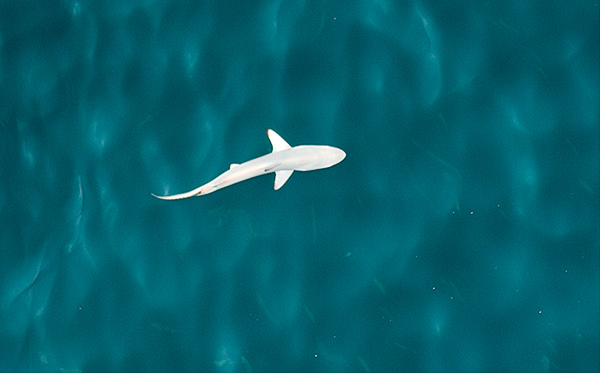
Pelican Trying to Catch Fish
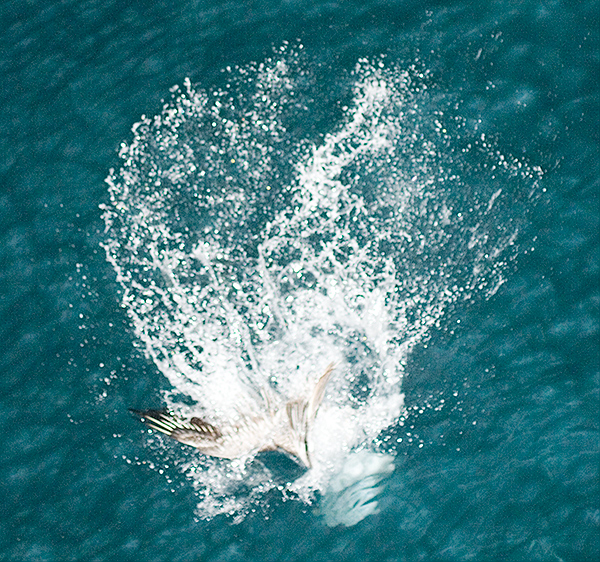
After dinner, Santa Cruz musicians and dancers provided after-dinner entertainment in the lounge. Sophia danced with the senior naturalist, Rafael (the “Rib-Tickelr”) who became her best friend during our voyage.
Santa Cruz Musicians
